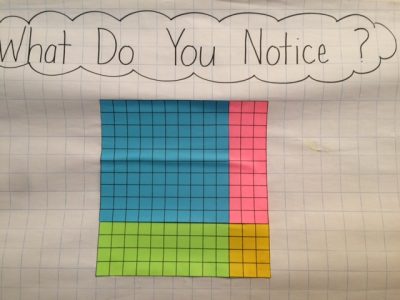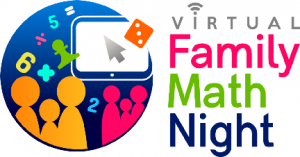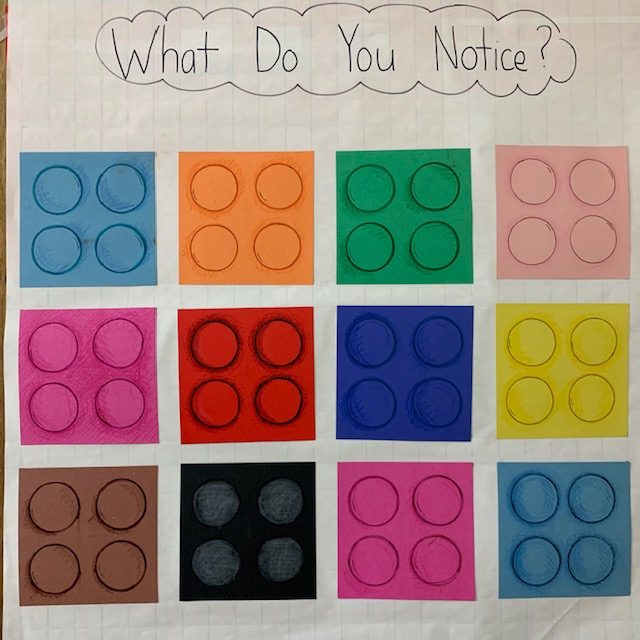What Do You Notice? Array Model
What Do You Notice? is a super easy activity that lends itself well to a lot of great math thinking and conversation. These low floor, high ceiling posters are a great way to engage families during a Family Math Night event. That’s why we included them in our Virtual Family Math Night. Skills K-2: geometry, counting, repeated addition 3-5: geometry, single- and double-digit multiplication, distributive property of multiplication, array model of multiplication Background Information What’s really cool about multiplication is that no matter…



